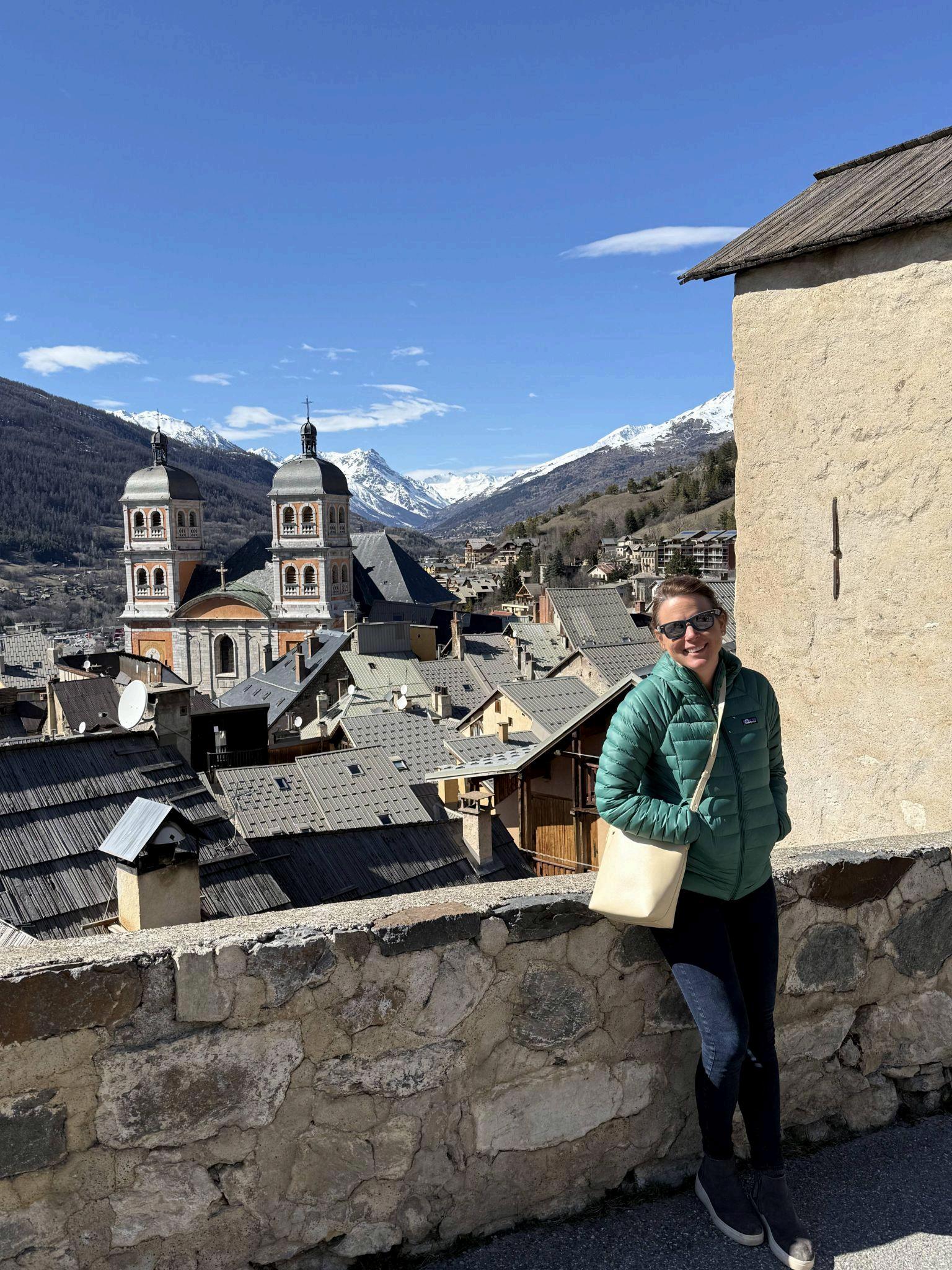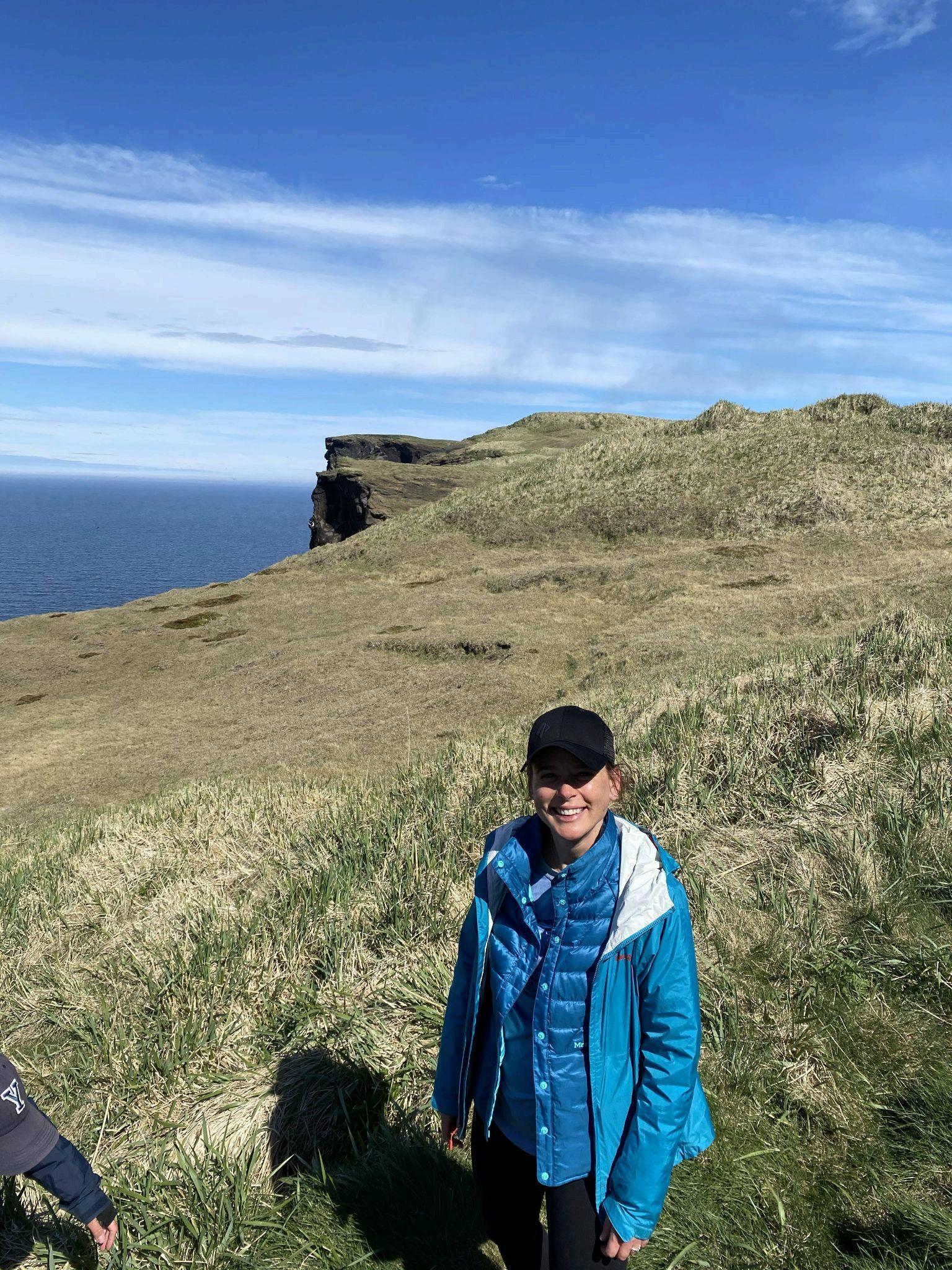Stepping Back in Time: Life in Ancient Civilizations by Alison Schrag

Alison Schrag suggests that you imagine stepping through a sunlit alley where mud-brick walls hold the day’s warmth, and market scents of grain, figs, and incense mingle in the air. In the heart of ancient civilizations, life pulsed in courtyards and along riverbanks where people traded stories as eagerly as goods Archaeologists read these places like libraries, turning pottery shards and temple carvings into sentences about daily routines. To look closely is to feel the ache of long journeys, the pride of a crafted tool, and the hush before prayer when smoke curls upward and the world seems to listen
On the Nile’s silver ribbon, ancient Egypt learned to measure time by flood and stars Farmers watched the river rise, then sowed the soil into furrows while scribes counted harvests with reed pens The pyramids command the horizon, yet quieter miracles survive everywhere Pigment clings to wooden coffins. Blue glass beads wink like captured sky. Linen is woven so fine it seems to breathe. In a village near Deir el Medina, a game board looks as if its owner just stepped out to answer a knock Egyptian art creates intricate patterns for harmony, balancing devotion and design so that gods, fields, and families share a unified rhythm.

East of the Tigris and Euphrates, Mesopotamia gave birth to the first cities and wrote their memories in cuneiform. Clay tablets tally barley rations, chart constellations, and whisper prayers, showing how administration and imagination grew side by side In Ur, a lyre stitched with gold hints at music swaying through a palace courtyard Ziggurats lift stairways toward the sky, where priests watched eclipses and named the wandering stars. The city plan itself reads like a mind at work, with canals for lifeblood, walls for safety, and markets for meeting Here, our modern idea of urban life took its first careful, audacious steps
South across mountains and deserts, the Indus Valley Civilization built cities with astonishing grace. Streets met at precise angles while stone-lined drains ran beneath them, discreet and efficient Standardized weights transformed trade into a language that both port and caravan could understand. Yet the script on their seals still resists us, a reminder that some doors open slowly. In a bead workshop, tiny carnelian spheres glint like dew, a testament to patient craft and long attention Public baths suggest a civic spirit that prized cleanliness and community Even the bricks seem to agree on a standard measure, as if order itself were a local deity.

Across the oceans, the Maya mapped time with an accuracy that humbles modern calendars On jungle plateaus, stone plazas catch the morning light while stelae record the rise and fall of kings But the thrill of Maya civilization is not only dynastic It lives in cacao froth lifted to expectant lips, in painted codices that fold like bright wings, in ballcourts where rubber thudded against limestone as crowds roared. Astronomy guided ceremony and farming alike, tying maize and moon to a single heartbeat Their observatories rise like patient eyes, reminding us that science and ritual often share one horizon.
In the Mediterranean, Greece and Rome turned civic life into a grand stage where law, theater, and architecture shared the spotlight. In an Athenian workshop, a potter spins a krater that will mix wine and water at a neighbor’s feast Along Rome’s roads, merchants trade glass and stories at mile markers that still cut through the countryside and hills. Marble temples glitter, but so do small things. A wax tablet scratched with homework. A bronze brooch fastening a cloak against coastal winds Philosophy and empire intertwined, leaving behind forums, aqueducts, tragedies, and legal codes that still permeate our daily speech and civic habits.

What draws us back to these ancient cultures is not only the scale of their monuments but the closeness of their emotions A mother sets a bowl before a child, hoping he eats his fill A builder tests a joint until the fit is right. A priest gazes up at the night sky and feels a deep sense of awe Modern archaeology amplifies these moments with satellite surveys, DNA analysis, and careful conservation, letting us read new chapters without erasing the old ones The past is not a distant country. It is a mirror river, reflecting our faces as we lean in to study the currents of history and cultural legacy
